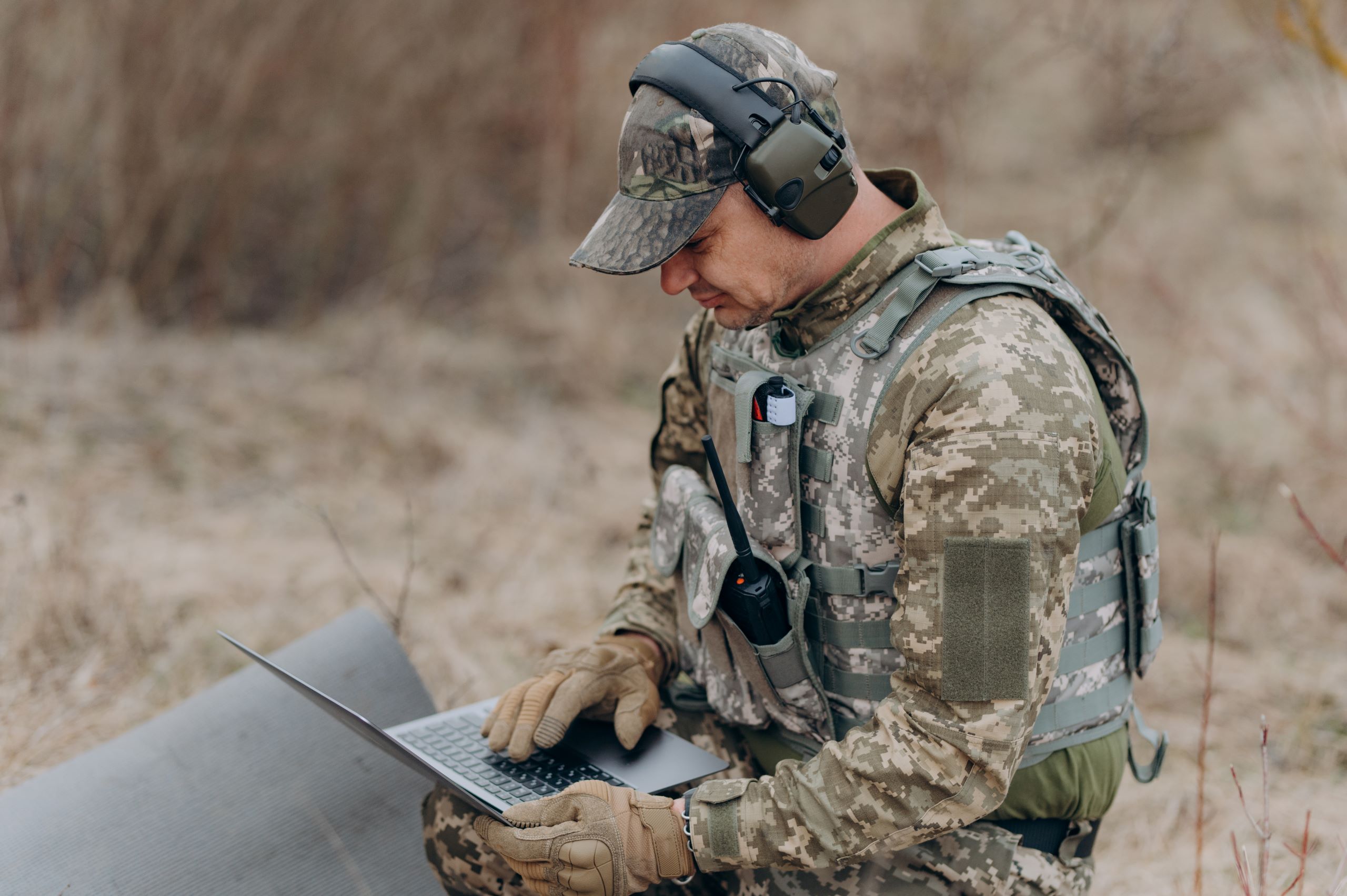

Features
Key Technologies For Sustainable Battlefield Strategies
Sustainability has become a pivotal concern for military forces worldwide in modern warfare. Integrating key technologies is essential for developing sustainable a military strategy that enhance operational efficiency and reduce environmental impact. This article explores state-of-the-art technologies that are revolutionizing sustainable battlefield strategies, ensuring both mission success and environmental stewardship.
Advanced Military Shelter Systems for Signature Reduction
Advanced military shelter systems play a pivotal role in modern military operations, offering significant enhancements in stealth and survivability. These systems, including the Ultra-Lightweight Camouflage Net System (ULCANS), are designed to provide effective concealment and protection for troops, vehicles, and equipment.
ULCANS and similar advanced shelters must meet stringent requirements to ensure optimal performance across various environments and detection spectrums. They are engineered to reduce visual, near-infrared, shortwave, thermal, and radar signatures.
By employing a combination of innovative materials and cutting-edge technologies, these shelters achieve comprehensive signature reduction, making them essential for enhancing the stealth capabilities of deployed forces. The integration of advanced camouflage techniques further augments their ability to blend seamlessly into diverse surroundings, thereby minimizing the risk of detection.
Renewable Energy Sources
One of the most significant advancements in sustainable battlefield strategies is the adoption of renewable energy sources. Traditional military operations rely heavily on fossil fuels, which are not only costly but also pose logistical challenges and environmental hazards.
Portable solar panels and solar-powered equipment have become increasingly common in military operations. These devices provide a reliable surveillance equipment and even for powering small vehicles. Solar power decreases the dependency on fossil fuels and ensures energy availability in remote and austere environments.
Wind turbines are also being deployed in military bases to harness wind energy. These turbines can generate electricity to power base operations, reducing the reliance on external energy supplies and minimizing the carbon footprint.
Advanced Battery Technologies
Renewable energy sources are complemented by advancements in battery technologies. High-capacity, lightweight batteries are crucial for storing and managing the energy generated from renewable sources. Lithium-ion batteries are essential for powering various military devices, from portable communication tools to unmanned aerial vehicles (UAVs) because they have high energy density.
Emerging solid-state batteries offer even greater energy density and safety compared to traditional lithium-ion batteries. These batteries are expected to revolutionize energy storage in military applications, providing more reliable and efficient power sources.
Incorporating advanced battery technologies into military operations enhances the effectiveness of combined arms tactics. Efficient and reliable energy storage solutions ensure that various military units, including infantry, artillery, and air support, can operate seamlessly and maintain communication and coordination. This integration allows for more dynamic and flexible strategies on the battlefield, significantly improving operational success and troop safety.
Unmanned Systems and Robotics
Unmanned systems and robotics play a crucial role in sustainable battlefield strategies. These technologies enhance operational efficiency while minimizing the risk to human soldiers and reducing environmental impact.
Drones are extensively used for reconnaissance, surveillance, and logistics support. Solar-powered drones, in particular, offer extended flight times and reduced energy consumption.
Robotic ground vehicles are deployed for various tasks, including explosive ordnance disposal, supply transport, and reconnaissance missions. These vehicles reduce the need for human presence in dangerous areas, enhancing the safety and operational sustainability of military tactics.
Water Purification Technologies
Water scarcity is a critical challenge in many military operations. Advanced water purification technologies ensure a reliable supply of clean water, reducing the need for transportation and storage of bottled water, which is both costly and environmentally taxing.
Portable water purifiers are compact, portable water purification systems that can be deployed in the field to convert contaminated water sources into safe drinking water. These systems utilize advanced filtration and desalination technologies, ensuring a steady supply of potable water.
Atmospheric water generators (AWGs) extract water from the air, providing a sustainable and virtually limitless water source. These devices are particularly useful in arid regions where traditional water sources are scarce.
Energy-Efficient Infrastructure
Energy-efficient infrastructure is essential for reducing the environmental footprint of military bases and forward operating posts. The integration of smart technologies and sustainable building practices significantly enhances energy efficiency.
Smart grid technology enables the efficient distribution and management of electricity within military bases. These grids optimize energy consumption, integrate renewable energy sources, and provide real-time monitoring and control. By implementing smart grid systems, military bases can align their energy strategies with the overarching grand strategy to enhance operational efficiency and sustainability.
Cybersecurity and Data Management
In the digital age, cybersecurity and data management are integral to sustainable battlefield strategies. Blockchain has a decentralized nature ensures that data is protected from cyber threats, enhancing the security and reliability of military operations. Artificial intelligence (AI), alongside machine learning algorithms, help identify potential threats and optimize resource allocation, contributing to sustainable and effective battlefield strategies.
AI-driven analytics can detect and predict enemy forces’ movements, enabling commanders to make informed decisions and deploy resources more effectively. This technological edge ensures that military operations remain resilient against cyber attacks and misinformation, giving a decisive advantage over adversaries on the battlefield.
Conclusion
The integration of key technologies is transforming sustainable military strategies, making military operations more efficient, resilient, and environmentally conscious. Renewable energy sources, advanced battery technologies, unmanned systems, water purification technologies, energy-efficient infrastructure, and robust cybersecurity measures are at the forefront of this transformation. As military forces continue to adapt and innovate these technologies, they pave the way for a future where sustainability and mission success go hand in hand against enemy lines.


 Environment10 months ago
Environment10 months agoAre Polymer Banknotes: an Eco-Friendly Trend or a Groundswell?

 Environment12 months ago
Environment12 months agoEco-Friendly Home Improvements: Top 7 Upgrades for 2025

 Features9 months ago
Features9 months agoEco-Friendly Cryptocurrencies: Sustainable Investment Choices

 Features10 months ago
Features10 months agoEco-Friendly Crypto Traders Must Find the Right Exchange



















